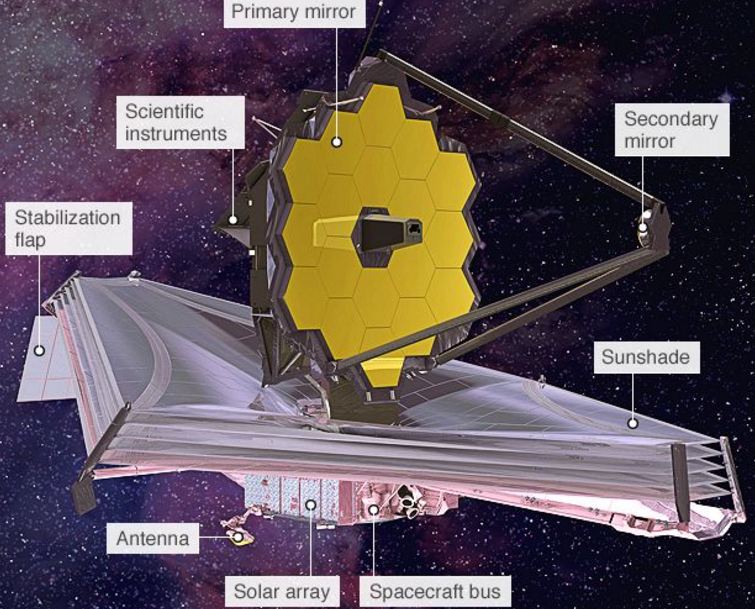Human Error Blamed for Loss of Japan's Hitomi Satellite
| Arthur Dominic Villasanta | | Apr 30, 2016 07:35 PM EDT |
(Photo : JAXA) Lost in space: Japan's Hitomi X-ray astronomy satellite
The Japan Aerospace Exploration Agency (JAXA) has pinpointed human errors in programming as the key cause for the loss of its $364 million ASTRO-H or Hitomi X-ray astronomy satellite orbited last March.
The human factor was traced to software errors caused by incorrect programming that commanded the satellite to spin faster than intended. This violent spin apparently broke off both of the satellite's solar panels, depriving it of power. As a result, JAXA has ceased efforts to regain control over the satellite and gave it up for lost on April 28.
Like Us on Facebook
Sasaka Tuneta, director of JAXA's Institute of Space and Astronautical Science, confirmed the human errors but said the bigger problem rests in its system as JAXA was unable to detect those errors.
He believes incorrect programming sped-up the satellite's spin, causing its solar panels to rupture. This explains why JAXA detected up to five pieces of the satellite floating around in space.
JAXA believes Hitomi apparently had problems orienting itself correctly in space. Hitomi's control system commanded a thruster jet to fire to correct this disorientation. The thruster did fire -- but in the wrong direction, causing Hitomi to accelerate the spin. This doomed the satellite.
The loss of the invaluable satellite billed as the key to unlocking the mysteries of the universe and the future of X-ray astronomy led some astronomers to describe the episode as a "scientific tragedy."
JAXA said it will now focus on the investigation of anomaly causes. In a statement, JAXA said it "will carefully review all phases from design, manufacturing, verification, and operations to identify the causes that may have led to this anomaly including background factors."
Hitomi was designed to detect and study X-rays emitted by black holes and other objects. These X-rays are blocked by the atmosphere and therefore can't be detected from the Earth. Hitomi measured 14 meters in length and weighed 2.7 tonnes.
Japan spent about $364 million building Hitomi while NASA invested some $87 million.
TagsASTRO-H, Hitomi, X-ray astronomy satellite, Japan Aerospace Exploration Agency, jaxa, Sasaka Tuneta
©2015 Chinatopix All rights reserved. Do not reproduce without permission
EDITOR'S PICKS
-

Did the Trump administration just announce plans for a trade war with ‘hostile’ China and Russia?
-

US Senate passes Taiwan travel bill slammed by China
-

As Yan Sihong’s family grieves, here are other Chinese students who went missing abroad. Some have never been found
-

Beijing blasts Western critics who ‘smear China’ with the term sharp power
-

China Envoy Seeks to Defuse Tensions With U.S. as a Trade War Brews
-

Singapore's Deputy PM Provides Bitcoin Vote of Confidence Amid China's Blanket Bans
-

China warns investors over risks in overseas virtual currency trading
-

Chinese government most trustworthy: survey
-

Kashima Antlers On Course For Back-To-Back Titles
MOST POPULAR
LATEST NEWS
Zhou Yongkang: China's Former Security Chief Sentenced to Life in Prison

China's former Chief of the Ministry of Public Security, Zhou Yongkang, has been given a life sentence after he was found guilty of abusing his office, bribery and deliberately ... Full Article
TRENDING STORY

China Pork Prices Expected to Stabilize As The Supplies Recover

Elephone P9000 Smartphone is now on Sale on Amazon India

There's a Big Chance Cliffhangers Won't Still Be Resolved When Grey's Anatomy Season 13 Returns

Supreme Court Ruled on Samsung vs Apple Dispute for Patent Infringement

Microsoft Surface Pro 5 Rumors and Release Date: What is the Latest?













